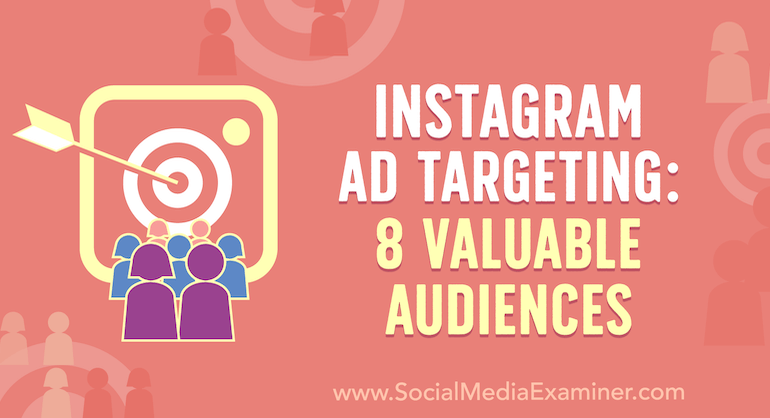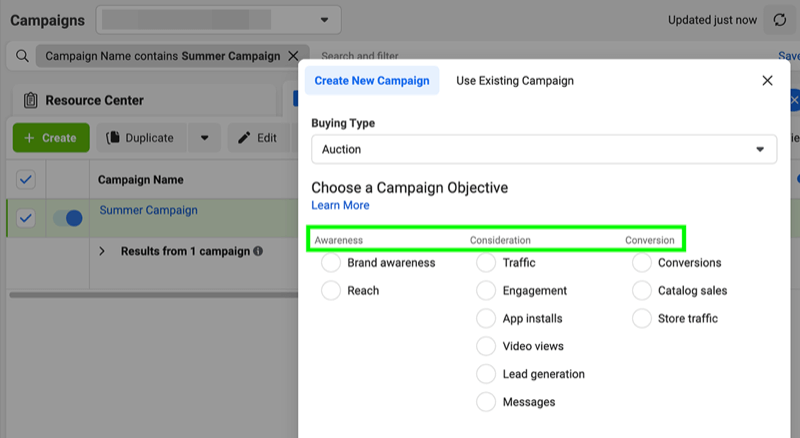Amid various changes to online data collection, which have restricted how much insight digital platforms can use in ad targeting, Meta has been developing new machine learning-based ad targeting models, which are able to deliver more relevant ads to each user without requiring the same level of personal usage insight.
This is particularly important for Meta, as it’s been hit especially hard by Apple’s iOS 14 update. Following the update, many users have cut Meta off from gathering usage data in its apps.
And while that has hurt Meta’s bottom line, more recently, Meta’s ad business has seen a recovery, while marketers are also reporting much-improved performance through tools like Advantage+, Meta’s automated ad targeting process.
So how is Meta delivering more relevant ads to users with less data to go on?
This week, Meta has provided an overview of its latest systematic update on this front, with a new ad delivery process called ‘Meta Lattice’, which uses multiple data points to better predict likely ad responses through AI and other predictive technology.

As explained by Meta:
“Meta Lattice is capable of improving the performance of our ads system holistically. We’ve supercharged its performance with a high-capacity architecture that allows our ads system to more broadly and deeply understand new concepts and relationships in data and benefits advertisers through joint optimization of a large number of goals.”
Okay, that’s a bit of a mouthful – but essentially, the Lattice system is able to infer more likely user responses, without requiring as much direct data insight from each person.
The process utilizes knowledge-sharing across Meta’s different surfaces (e.g. News Feed, Stories, Reels) to expand its mapping of potential user interest and activity. Previously, all of these elements were measured in isolation, but Meta’s more advanced predictive models are now able to take in a wider array of data points, in order to better understand likely individual behaviors.
It’s basically an expanded database of all of Meta’s ad response activity, which, when cross-matched with all of the other information it has on each user, enables the Lattice system to better predict likely ad interest through more advanced mapping. That makes better use of all of the data that Meta can access to show people more relevant ads.
“We’ve designed Meta Lattice to drive advertiser performance in the new digital advertising environment where we have access to less granular data. Additionally, Lattice is capable of generalizing learnings across domains and objectives, which is especially crucial when the model has limited data to train on. Fewer models also means we can proactively and efficiently update our models and adapt to the fast-evolving market landscape.”
In addition, the Lattice system is also able to better contextualize longer-term ad exposure, and its relative impact on response.
“The engagement between an ad and a person viewing the ad can span from seconds (e.g., click, like) to days (e.g., considering a purchase, adding to a cart, and later making the purchase from a website or an app). Through multi-distribution modeling with temporal awareness, Meta Lattice can capture not only a person’s real-time intent from fresh signals but also long-term interest from slow, sparse, and delayed signals.”
According to Meta, this approach has already improved ad exposure quality by 8%, and it’s getting better every day, leading to better results through its automated targeting tools.
Really, if you haven’t considered Meta’s Advantage+ ads, they’re worth a look, with, again, many performance marketers reporting strong results through the use of Meta’s advancing ad targeting tools.
And, as these AI-based systems evolve using a broader range of inputs, they’re likely to become more significant drivers of response, which could help you target the right audience for your offerings without needing to manually set the parameters of each campaign.
You can read more about Meta’s Lattice ad targeting system here.






 “
“